China - the biggest customer of Vietnamese agricultural products
According to a report by the Ministry of Agriculture and Rural Development, in 2023, China, the United States, Japan, the EU, and ASEAN will continue to be the five largest export markets for Vietnamese agricultural products.
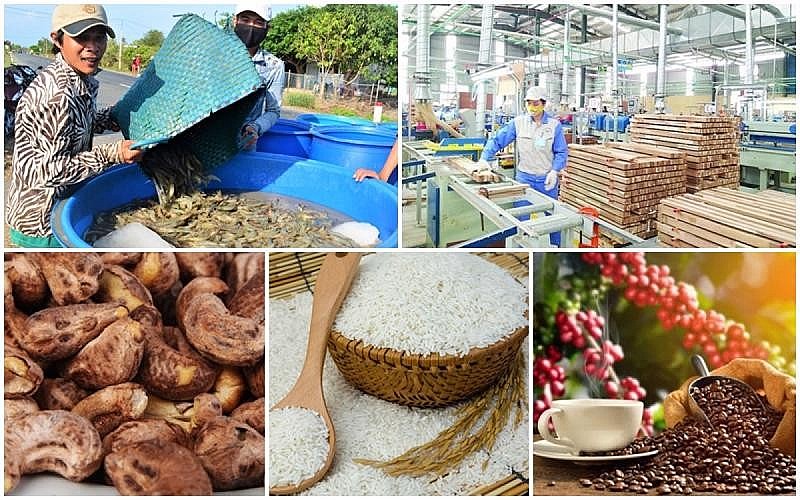 |
| More opportunities, increasing agricultural export turnover to China |
However, last year, except for the Chinese market which recorded positive growth, Vietnam's agricultural exports to key markets all had negative growth.
Specifically, agricultural export turnover to the Chinese market will increase by 17% compared to 2022 and account for 23% of the total export value of our country's entire agricultural sector in 2023.
Accordingly, China officially surpassed the United States to become the largest customer of Vietnamese agricultural, forestry and fishery products. In 2023, China spent up to 12.2 billion USD to import Vietnamese agricultural, forestry and fishery products.
By the end of 2023, Vietnam had 3,013 business codes for exporting to China granted. Of these, 1,570 codes (accounting for 52%) were high-risk product groups managed by 5 competent authorities.
The remaining 1,443 codes (accounting for 48%) were self-registered by enterprises under Order 248. The agricultural and food product groups exported by many enterprises to the Chinese market are mainly aquatic products and products of plant origin.
Mr. Ngo Xuan Nam - Deputy Director of Vietnam SPS Office - said that the Chinese market is one of the key markets for Vietnam's agricultural exports. Recently, China has issued regulations on food safety and animal and plant quarantine for each product line.
For Vietnam, there are traditional export industries to the Chinese market. However, there are currently industries that have signed agreements through Protocols with the General Administration of Customs of China to promote such as aquatic products, fresh fruit products, products of plant origin, products of animal origin such as bird's nest to promote the export of agricultural and food products.
In particular, since 2021, China has issued Decrees 248 and 249 on registering agricultural and food export enterprises and managing import and export food safety. Recently, China has approved more than 3,000 product codes for Vietnam for agricultural and food processing factories exporting to China. Therefore, in recent times, promoting agricultural exports to the Chinese market has been relatively favorable.
Creating conditions for lobsters to soon return to the Chinese market
According to experts, in 2024, China will continue to be a potential market and there will be many opportunities for Vietnamese agricultural products to increase their market share and export value. According to the Ministry of Agriculture and Rural Development, the General Administration of Customs of China has just agreed to complete and supplement some contents in the 3 Protocols on the export of wild-caught aquatic products, the export of farmed crocodiles and the export of farmed monkeys from Vietnam.
In addition, China also agreed to open its market and speed up the completion of import procedures for Vietnam’s key fruits, including avocado and passion fruit. This can be considered good news for farmers growing these agricultural products in the Central Highlands and the Mekong Delta.
Regarding the livestock sector, the General Administration of Customs of China also agreed to consider the dossier for Vietnam to export poultry products to the Chinese market. This is the result of Vietnam's proactiveness after building many disease-free zones and exporting livestock products to previously difficult markets.
In addition, to enhance cooperation between quarantine units in the border area, after the Lunar New Year, the two sides will organize a meeting between functional forces along the border so that units can increase exchanges, learn from experiences and resolve problems arising in the process of implementing tasks at the border gate.
Regarding the working trip of the Ministry of Agriculture and Rural Development of Vietnam with the Ministry of Agriculture and Rural Development of China, the General Administration of Customs of China, and the Government of Guangdong Province, Mr. Tran Thanh Nam - Deputy Minister of Agriculture and Rural Development of Vietnam - said that according to international law and protocols, sturgeon is a product that can be exchanged and traded as long as it is not on the CITES restricted list. Vietnam commits to creating favorable conditions for businesses of the two countries to trade products, including breeds.
Regarding spiny lobsters, you have recently amended some regulations, especially prohibiting the exploitation of products in the wild, which are on the list of wildlife conservation. However, the working group of the Ministry of Agriculture has informed you that every year Vietnam has over 1,000 tons of spiny lobsters raised in cages. Each farming cycle takes about 13 - 18 months to harvest. Therefore, we request you to pay attention and remove difficulties for fishermen raising fish at sea.
On this issue, China basically agrees and will create conditions for Vietnamese lobsters to return to the Chinese market. Along with the sturgeon issue, the two sides will add related contents to the Protocol on veterinary hygiene requirements and quarantine of naturally exploited aquatic products, in order to boost the trade turnover between the two countries.
According to Deputy Minister Tran Thanh Nam, 2023 will witness the spectacular growth of durian, a product that has only been officially exported for more than a year. Currently, durian is a fruit with an export value of more than 2 billion USD/year. Therefore, we have the right to expect products that China will soon open up to.
With poultry, we have over 500 million birds, successfully exported to Japan, Russia, and South Korea. If we can penetrate the billion-people market of China, that will be the basis for the livestock industry to further promote the scale of farms and build bio-safe zones.
However, the Chinese side also noted that we should pay more attention to the quality, design, and packaging of products to avoid the situation where a few batches of poor quality goods affect the entire industry value chain.
To stand firm and affirm the brand in the Chinese market, Mr. Tran Thanh Nam said, the product must meet all three factors: quality, design and reasonable price. The Chinese side has basically agreed on creating conditions for Vietnamese agricultural products to access the large wholesale market in Guangdong province, even dedicating a space for display.
"Hopefully, through the above results, localities will focus on directing the construction of sources of quality, safe agricultural products and food that meet the standards required by your side. Along with that, businesses will coordinate to build logistics chains to circulate goods regularly and quickly, reducing costs before reaching consumers," Mr. Tran Thanh Nam emphasized.
Source link


![[Photo] Prime Minister Pham Minh Chinh meets with US business representatives](https://vphoto.vietnam.vn/thumb/1200x675/vietnam/resource/IMAGE/2025/5/13/5bf2bff8977041adab2baf9944e547b5)


![[Photo] President Luong Cuong attends the inauguration of the international container port in Hai Phong](https://vphoto.vietnam.vn/thumb/1200x675/vietnam/resource/IMAGE/2025/5/13/9544c01a03e241fdadb6f9708e1c0b65)




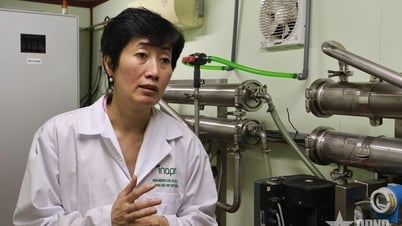

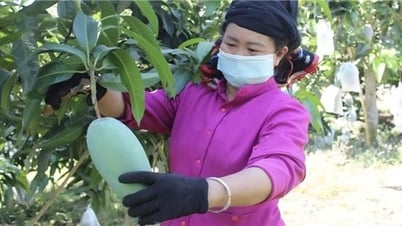

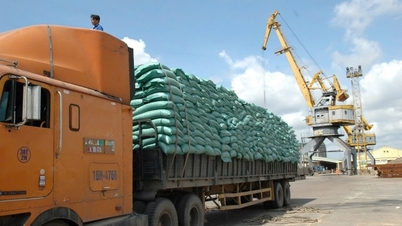
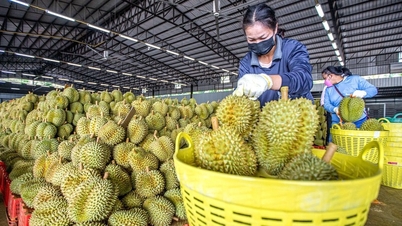


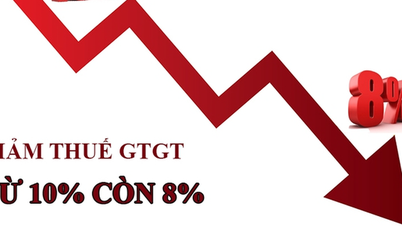

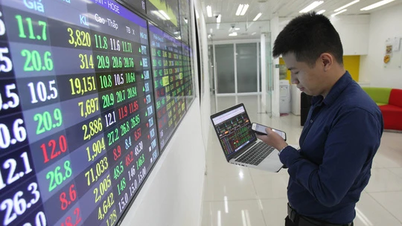
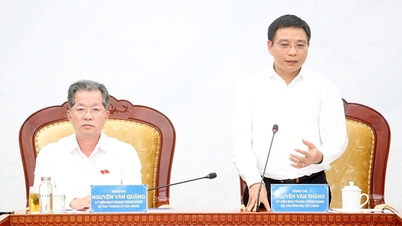
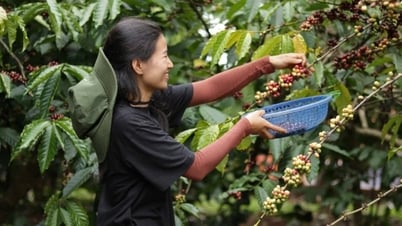
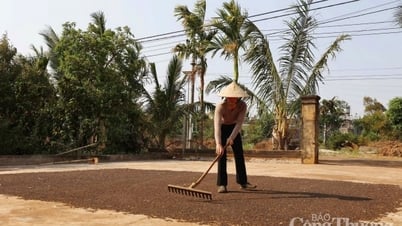




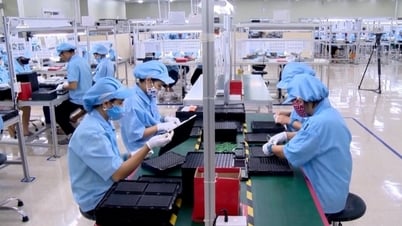

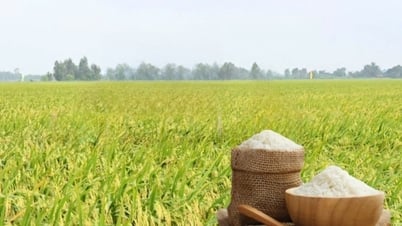






















































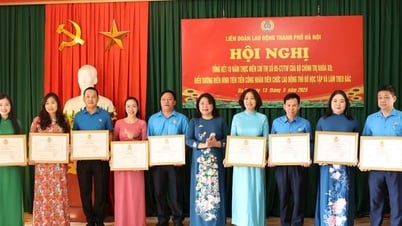

















Comment (0)